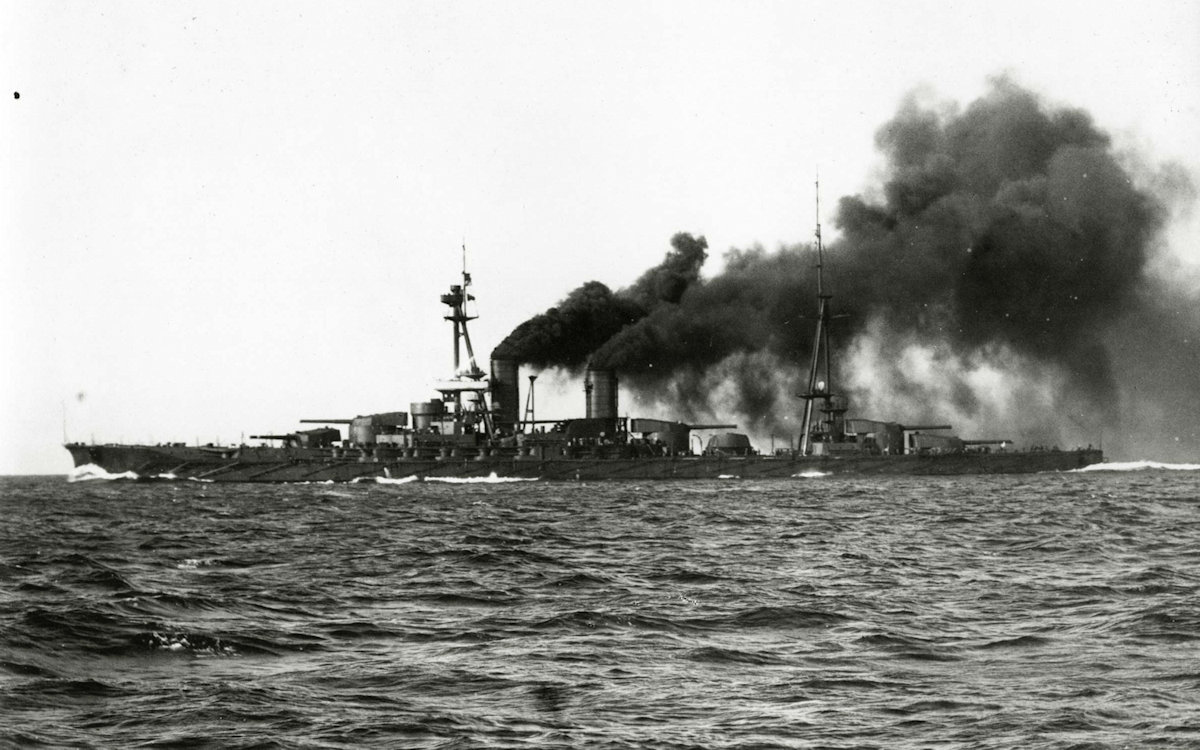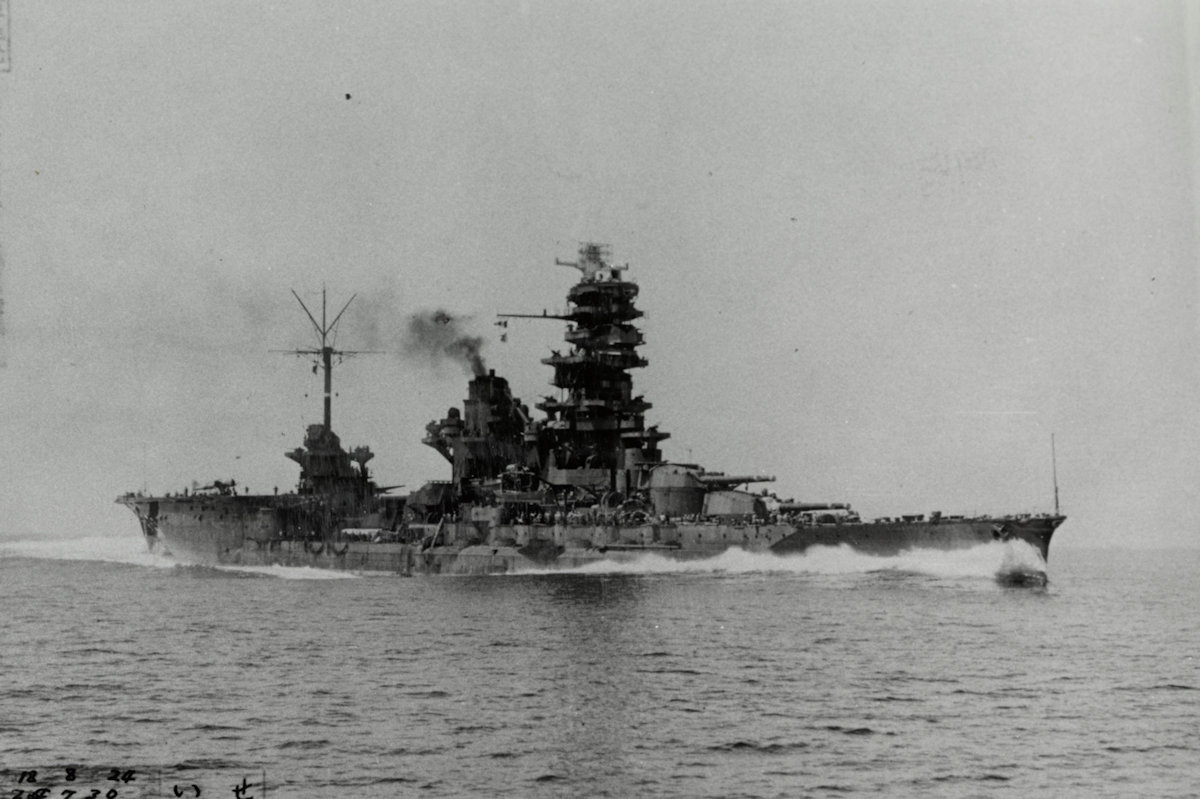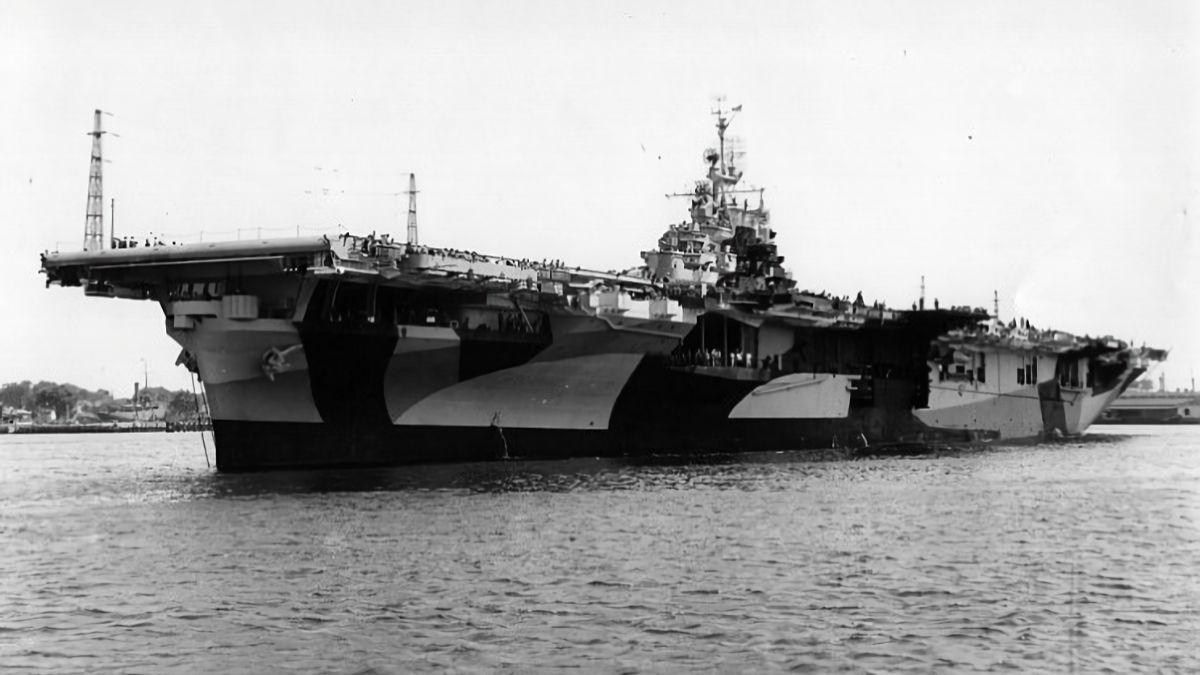Tag: warship
-
Japanese Battleship Hyuga

Japanese Battleship Hyuga Laid down on 6 May 1915 and launched on 27 January 1917, Hyuga was the second ship of the Ise-class of dreadnought battleships. Although commissioned into the Imperial Japanese Navy on 30 April 1918, she did not participate in the First World War. During the late 1920s and early 1930s, Hyuga was… Read more
-
Japanese Battleship Ise

Japanese Battleship Ise Laid down on 10 May 1915 and launched on 12 November 1916, Ise was the lead ship of her two-ship class of dreadnoughts. Although commissioned into the Imperial Japanese Navy on 10 December 1917, she did not participate in the First World War. During the late 1920s and early 1930s, Ise was… Read more
-
US Aircraft Carrier USS Franklin CV-13

US Aircraft Carrier USS Franklin CV-13 Laid down on 7 December 1942 and launched on 14 October 1943, USS Franklin CV-13 was an Essex-class aircraft carrier of the US Navy. Commissioned into the navy on 31 January 1944 she then undertook a work-up phase before moving to the Pacific. From the end of June 1944,… Read more